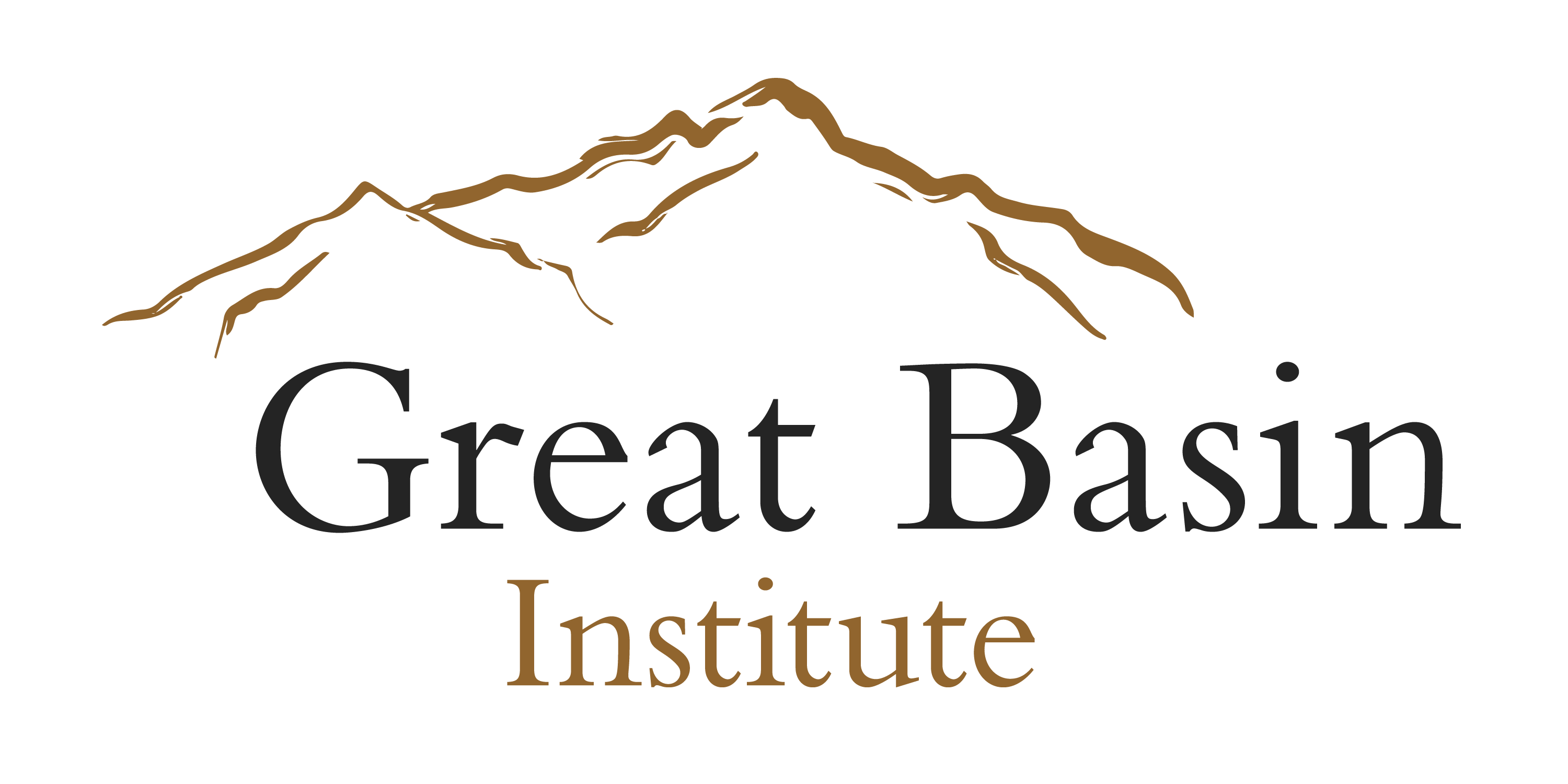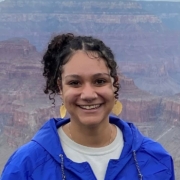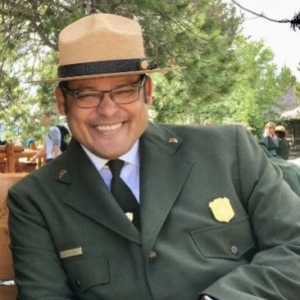Great Basin Institute
FOUNDED IN: 1998
Address:
16750 Mt. Rose Hwy
Reno, Nevada
89511
Biological Technician (Bear Lake NWR, Camas NWR, Grays Lake NWR, Minidoka NWR)
JOB DETAILS
Actively Recruiting: Yes
Position title: Biological Technician (Bear Lake NWR, Camas NWR, Grays Lake NWR, Minidoka NWR)
Deadline to apply: 2024-05-13
Type of Position: Staff (Seasonal)
Town, City, Park, etc: Bear Lake NWR, Camas NWR, Grays Lake NWR, Minidoka NWR
State / Territory: Idaho
Benefits: Dental Insurance, Education Award, Health Insurance, Student Loan Forbearance, Vision Insurance
Project/Program Focus: Habitat Restoration
ORGANIZATION/PROGRAM DESCRIPTION
Co-founded in 1998 by two PhD students, Jerry Keir and Sanjay Pyare, at the University of Nevada, the Institute began as a field studies program to mobilize University faculty, students, and volunteers in applied science and direct service to support national parks, forests, open spaces and public lands. Since then, for over two decades, GBI has supported over 7,000 conservationist serving hundreds of projects to realize positive environmental change across the western US. GBI has raised over 165MM for research, education, and service, making impactful contributions to serving the public and our public lands. GBI is based out of Reno, Nevada, with Satellite offices in Las Vegas, Nevada and South Lake Tahoe, CA. GBI is the recipient of the 2015 USFS’s “Regional Forester Award,” the Nevada Governor’s Points of Light Award in 2005 and was named “Outstanding Non-government Organization” by Environmental Leadership in 2001.
POSITION DESCRIPTION
The Great Basin Institute, in cooperation with the U.S. Fish and Wildlife Service, is recruiting up to eight (8) Biological Technicians: three at Camas National Wildlife Refuge, two each at the Bear Lake and Minidoka National Wildlife Refuges, and one at Grays Lake National Wildlife Refuge. The primary focus of these positions will be conducting baseline pollinator inventories, experimental wet meadow restoration in support of pollinator populations, and continuing implementation of new invasive species management programs. These pollinator-centric practices represent some of the first stages of pollinator focused monitoring and restoration at National Wildlife Refuges in this region and will set the stage for critical work in this field. They are one aspect of a larger invasive species management strategy that emphasizes habitat restoration and quantitative methods of evaluation. Additionally, technicians will participate in other aspects of the Southeast Idaho National Wildlife Refuge Complex biology program.
JOB DUTIES
| Primary duties (All refuges): • Inventory distribution and conduct treatment of invasive plants in wet meadow habitats • Inventory distribution of and collect seed from native flowering plants of value to pollinator species • Baseline invasive plant inventory • Document phenology of native flowering plants • Baseline pollinator species richness and diversity surveys Secondary duties may include: • Monitor hydrology, riparian and wetland vegetation, and wildlife response to wetland restoration (All refuges); • Activities related to common carp control (Bear Lake, Minidoka); • Long-term vegetation monitoring (Camas); • Pollinator garden maintenance and enhancement (Camas); • Growing ~90,000 native grass, forb, and shrub plugs for plantings (Minidoka) • Chemical control of noxious weeds (All refuges); • Invasive weed treatment efficacy monitoring (Camas, Minidoka, Bear Lake); • Early detection of & rapid response (EDRR) for rush skeletonweed and white bryony (Camas); • Russian olive removal and riparian habitat restoration (All refuges); • Monitoring of and/or surveillance for invasive submerged aquatic vegetation (Eurasian watermilfoil, Curly leaf Pondweed) (All refuges); • Monitoring of and/or surveillance for invasive emergent vegetation (hybrid cattail, phragmites) (Grays Lake); • Invasive weed inventory and mapping (All refuges); • Shelterbelt and riparian habitat restoration and monitoring (Camas, Minidoka); • Assist with maintenance and operation of 36 water control structures/fish screens (Bear Lake); • Assist with fence installation for grazing units (Grays Lake); • Grazing efficacy surveys (Grays Lake); • Banding of various avian species to include various waterfowl (Camas, Minidoka), songbirds (Camas), White-faced Ibis (Bear Lake), and Western and Clark’s grebe (Minidoka); • Acoustic monitoring and potential captures of bat species (All refuges) • Vegetation and wildlife surveys tracking abundance and trends of species on the refuge (All refuges); • Trumpeter swan capture and tracking (Camas and Bear Lake) Through these projects, the technicians will gain a broad understanding of the habitat management and wildlife issues facing the Intermountain West. These projects span habitats (shrub-steppe, grassland, wetland, and riparian) and encompass three categories of tools available for invasive species control (mechanical, chemical, biological). Furthermore, the technicians will be exposed to various elements of pollinator ecology and the habitat restoration process. The technicians will be provided with first aid, ATV/UTV, and plant identification training. Technicians will also assist in other biological monitoring projects such as bird banding, bat acoustic monitoring, and a variety of avian surveys as opportunities arise. Each technician will be stationed at a specific refuge, however, there will be opportunities to travel throughout the Southeast Idaho National Wildlife Refuge Complex and assist in various activities. |
|
| Contract Timeline: | |
| • All Positions are Full Time: 40 hours/week • Bear Lake NWR: (2 appointments) 28-week duration beginning late May/early June • Camas NWR: (3 appointments) between 19 and 28-week duration beginning in late April or May • Grays Lake NWR: (1 appointment) 22-week duration beginning in mid-May • Minidoka NWR: (2 appointments) 22-week duration beginning in late April or May |
|
| Location: | |
| Bear Lake National Wildlife Refuge was established in 1968 to protect and manage habitat for waterfowl and other migratory birds. Located seven miles south of Montpelier, ID, the refuge encompasses 18,200 acres of bulrush marsh, open water, and flooded meadows that are managed by the U.S. Fish and Wildlife Service. The refuge provides valuable habitat for waterfowl and colonial nesting water birds. Portions of the refuge include scattered grasslands and brush-covered mountain slopes. Primary management species of focus are redhead ducks, sandhill crane, Bonneville cutthroat trout, and Canada goose. With close proximity to the highly utilized recreational area of Bear Lake and its beaches, U.S. Forest Service lands, and several National Parks that are within reasonable driving distances, there are many outdoor recreational opportunities in close proximity to the duty station.
Camas National Wildlife Refuge was established for the protection of migratory waterbirds and is a mosaic of wetland, grassland, and sage-steppe habitat. It is located approximately 40 miles north of Idaho Falls, Idaho near the small rural community of Hamer, Idaho. The area is fairly remote, with the nearest gas station existing 20 miles away (to the north in Dubois or to the south in Roberts). Groceries, medical care, and other services are available ~40 miles away (to the south in Idaho Falls or to the east in Rexburg).The refuge is set within the Greater Yellowstone Ecosystem which provides ample world-class outdoor recreation activities. Yellowstone and Grand Teton National Parks are approximately a 2 to 3 hour drive east. Craters of the Moon National Monument, the Frank Church River of No Return Wilderness, and the Salmon-Challis National Forest are a 1 to 3-hour drive to the west. The Caribou-Targhee National Forest is a 45 minute to an hour drive to the north and east. The refuge is set within the Snake River Plains, at an elevation of about 4500 feet. Summers are typically warm and dry with cool nights. Daily highs are in the 80s and low 90s. Afternoon thunderstorms are common. Grays Lake National Wildlife Refuge was established in 1965 for the purpose of protecting the historic Grays Lake wetland and providing habitat for migratory waterbirds. This unique refuge consists of a 22,000-acre bulrush marsh bordered by wet meadow and upland habitat, some of which is grazed by cattle. Grays Lake hosts the largest breeding population of sandhill cranes in North America. The refuge headquarters and lodging are located in the Grays Lake valley, 35 miles north of Soda Springs, ID and 30 miles west of Thayne, WY in Southeast Idaho. These are the nearest towns for groceries, gas stations, medical care, and other services. While Grays Lake is a remote site, there are no shortage of beautiful views, idyllic wildlife and plant sightings, and nearby recreational opportunities. Nearby destinations include the Caribou Targhee mountains, Blackfoot Reservoir and Grand Teton National Park. The refuge is also 1.5 hours away from Jackson, WY, a popular destination for outdoor recreation including fishing, whitewater rafting, horseback riding, and wildlife tourism. Minidoka National Wildlife Refuge is located on the Snake River Plain in south-central Idaho, 12 miles northeast of Rupert. It includes 80 miles of shoreline around Lake Walcott, from Minidoka Dam upstream about 25 miles. The refuge headquarters is located in Lake Walcott State Park. About half of the refuge’s ~24000acres is open water and wetlands. In this arid landscape, these resources serve as an oasis drawing numerous wildlife species from miles around. Many species use the bulrush and cattail habitat that lines the lake’s small bays. Others use the willows, cottonwoods and other trees growing near shorelines. The rest of the refuge is low, rolling uplands covered by sagebrush, grasses and isolated juniper patches amongst scattered outcrops of basalt. The USFWS manages the refuge. The US Bureau of Reclamation operates the dam and power plant and controls the water levels in the reservoir. The Idaho Department of Parks and Recreation manages Lake Walcott State Park, a 30-acre park near the dam that offers campgrounds, picnic areas, a disc golf course, cabins, and a boat ramp. |
REQUIREMENTS
| Technical requirements: • Knowledge and interest in botany and plant identification • Prior experience with invasive plant management preferred; • Willingness to utilize chemical herbicide treatment methods; • Experience utilizing hand-held GPS units and/or PDRs for navigation and/or data collections, along with basic computer skills; • Ability to carry backpack sprayer or up to 40 pounds in a backpack, and otherwise maintain good physical condition; • Experience operating 4WD trucks on and off-road, including mountain forest roads; • Knowledge and experience in operating off highway vehicles, which includes Utility Terrain Vehicles (UTV), and All-Terrain Vehicles (ATV), desirable; and • Experience with towing and backing-up a trailer, desirable. Additional requirements: |
CONTACT INFORMATION
kklaus@thegreatbasininstitute.org
RELATED JOBS
Museum Support Technician - Yosemite National Park
Actively Recruiting: Yes
Deadline to apply: 2024-08-23
Type of Position: Staff (Seasonal)
Town, City, Park, etc:
Yosemite, California
Benefits: Dental Insurance, Health Insurance, Vision Insurance







































































